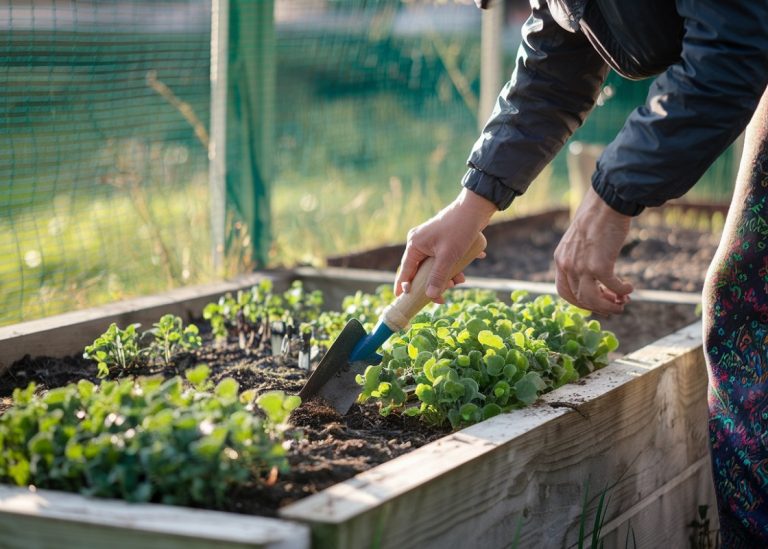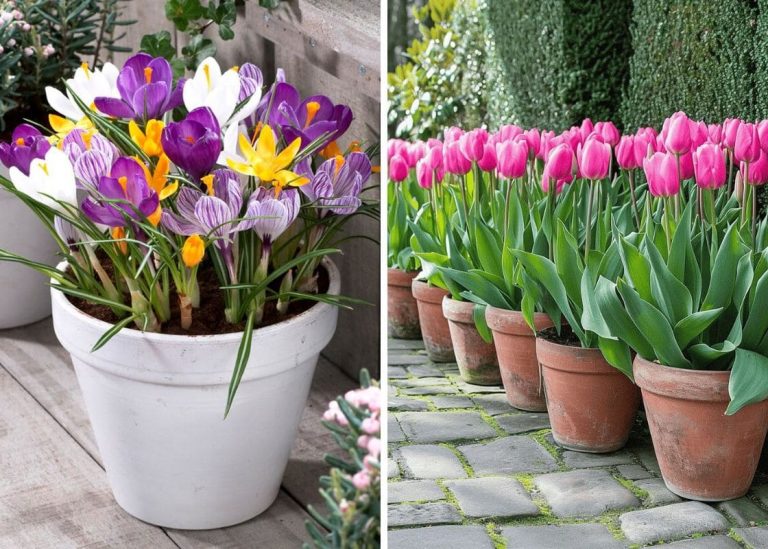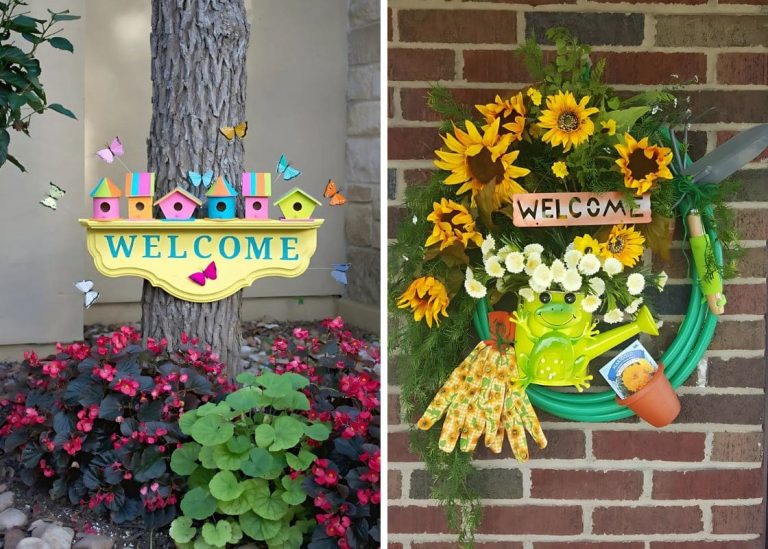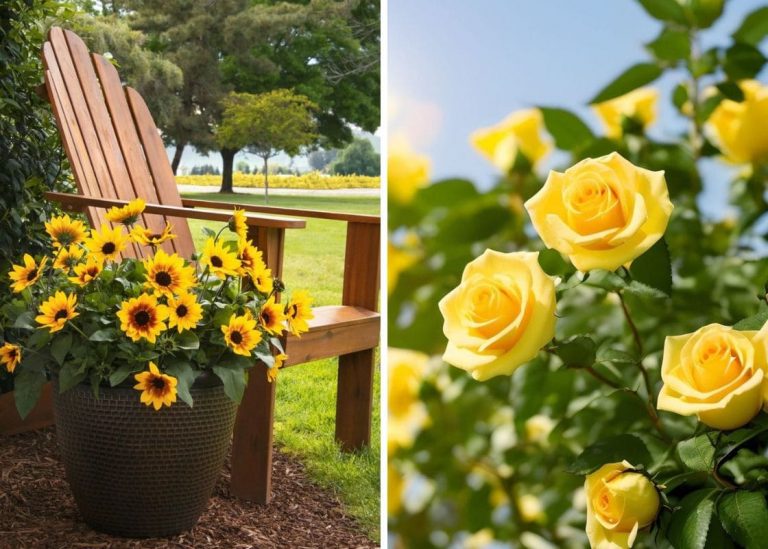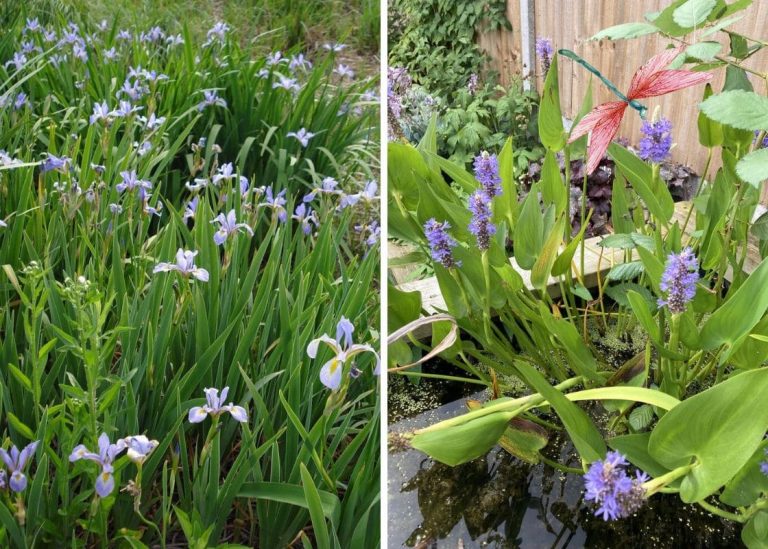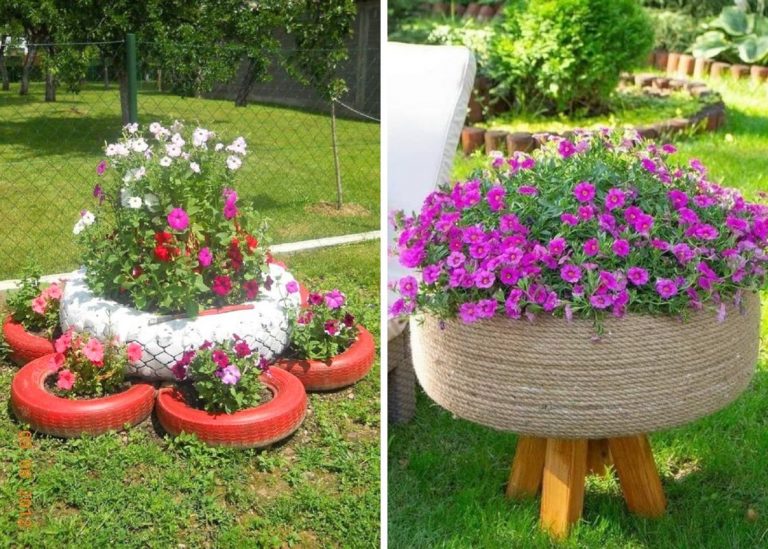20 Stunning Annual Flowers to Brighten Every Corner of Your Garden
I once passed a neighbor’s gate and paused—not because of the trimmed lawn or the stately roses, but because a window box full of trailing lobelia and bright zinnias made the whole porch feel alive. It wasn’t extravagant, just joyful. The kind of unexpected color that made me smile the rest of the way home.
That’s the magic of annual flowers. They show up like confetti in the landscape, generous with their blooms, asking only a little sunlight, water, and love in return. Each year I pick a few new varieties to tuck into corners, fill baskets, or edge my veggie beds. And somehow, they never fail to surprise me with how quickly they make a space feel cared for.
This list of favorites isn’t just about color—it’s about character. Whether you’re planting from seed or picking up starts at your local nursery, these annuals will light up your space with texture, fragrance, and joy.
#1. Petunia

Petunias grow in sunny spots, offering vibrant colors ranging from red to purple. With wide, funnel-shaped flowers and smooth or ruffled edges, they brighten up any space.
Petunias love well-drained soil and consistent moisture, but avoid overwatering. Deadheading encourages more blooms throughout the season.
#2. Zinnia
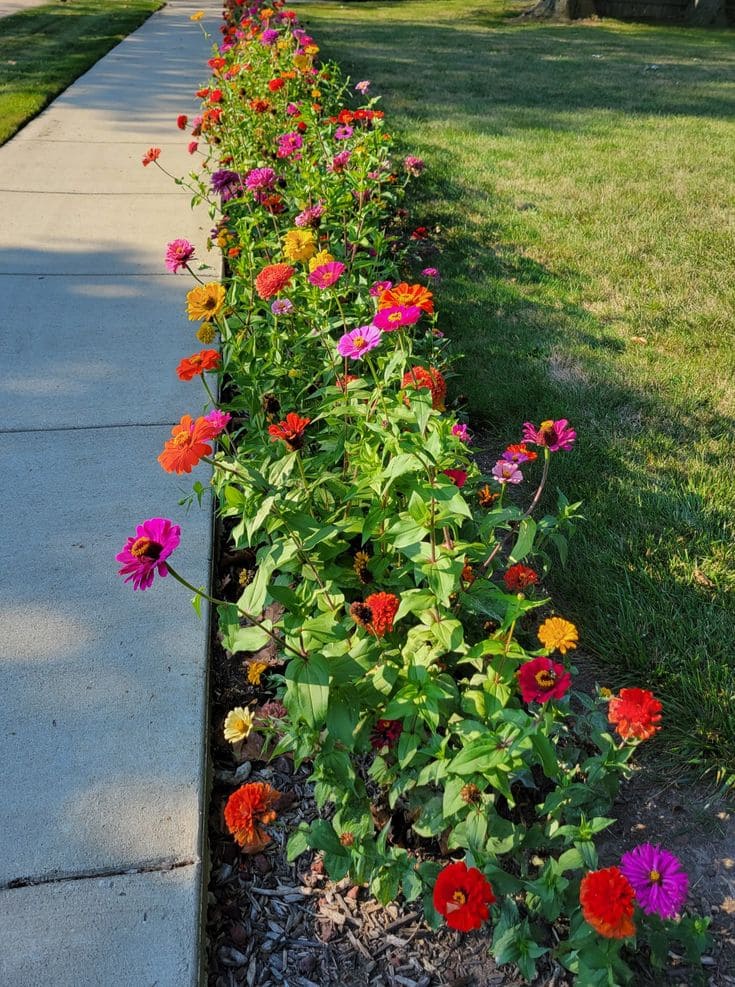
Zinnias love the sun, thriving in hot, dry conditions. Their bold, colorful blooms come in shades of pink, red, orange, and yellow. With sturdy stems and large, daisy-like petals, zinnias attract pollinators.
They require well-drained soil and regular watering, though they’re quite drought-tolerant once established.
#3. Marigold
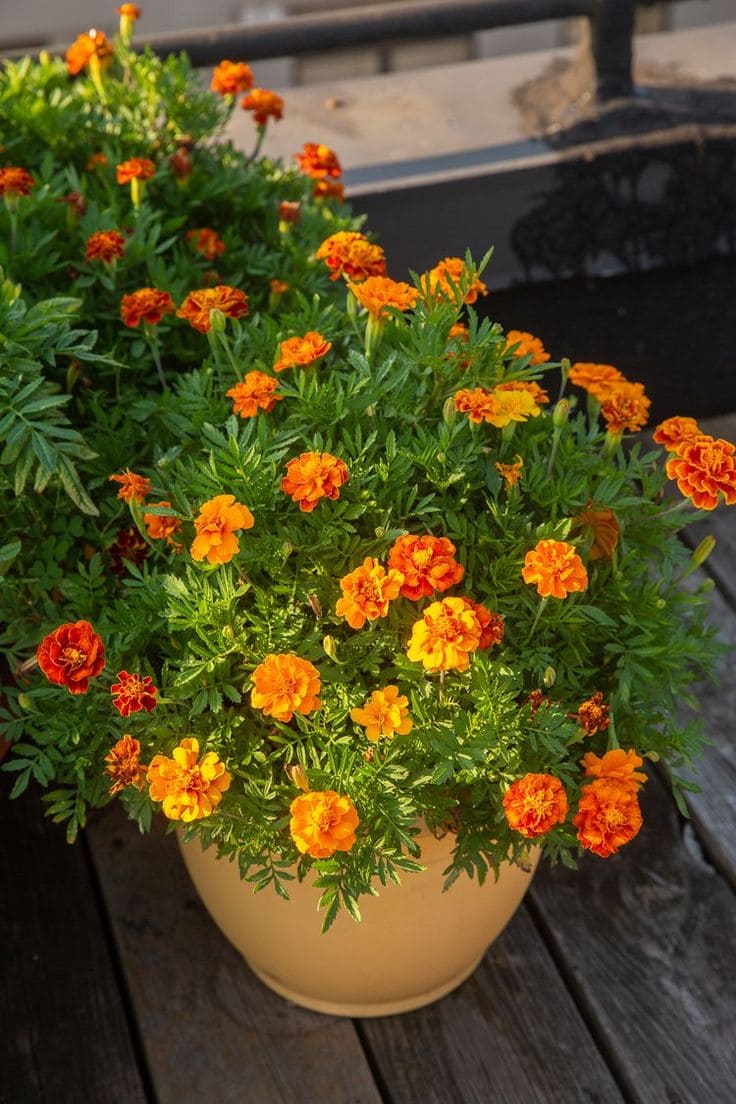
Marigolds thrive in full sun, adding bright orange and yellow hues to gardens. They have sturdy, bushy stems with round, pom-pom-like blooms. Best grown in well-drained soil, they tolerate heat and drought but prefer regular watering.
Marigolds repel pests, making them great companions in vegetable gardens.
#4. Cosmos

Cosmos thrive in full sun, producing airy, fern-like foliage and vibrant, daisy-like flowers.
Available in pink, purple, white, and red, these flowers grow best in well-drained soil. While they tolerate drought, regular watering supports their growth. They self-seed readily, providing blooms year after year.
#5. Sunflower
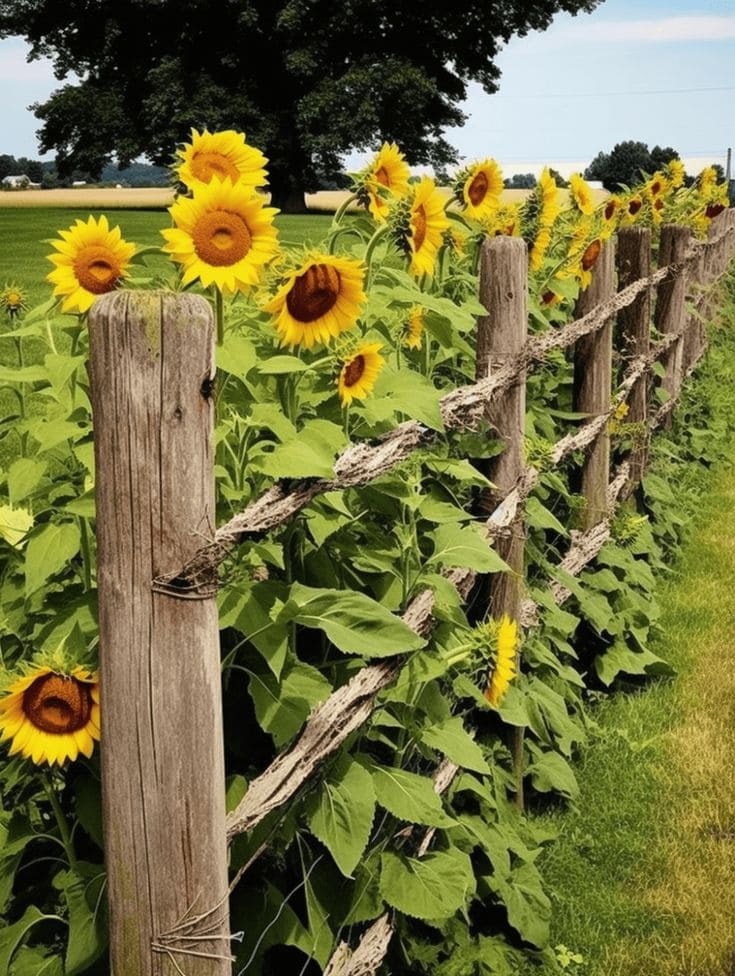
Sunflowers are ideal for sunny spots, towering with large yellow or red blooms. They have strong, tall stems that can reach up to 10 feet.
Sunflowers grow well in fertile, well-drained soil and need consistent water, especially during dry spells. These cheerful flowers love heat and are low-maintenance.
#6. Snapdragons
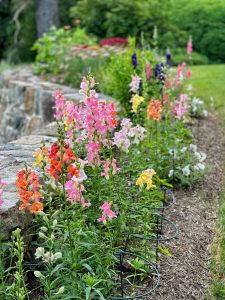
Snapdragons enjoy sunny spots with well-drained soil and thrive in cooler temperatures. They have tall spikes with colorful, tubular flowers in shades of pink, yellow, red, and white.
Regular watering keeps them happy, though they don’t like soggy soil. Pinching back encourages more blooms throughout the season.
#7. Impatiens
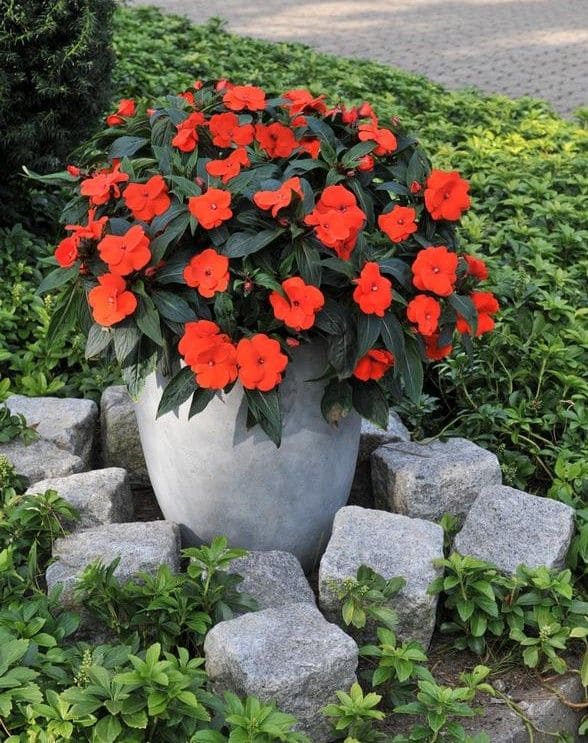
Impatience thrives in shade, making it perfect for low-light spots. These flowers bloom in a variety of colors, including red, pink, purple, and white, and have soft, round petals.
They require moist, well-drained soil and frequent watering, though they should not be overwatered. They prefer moderate temperatures and humidity.
#8. Alyssum
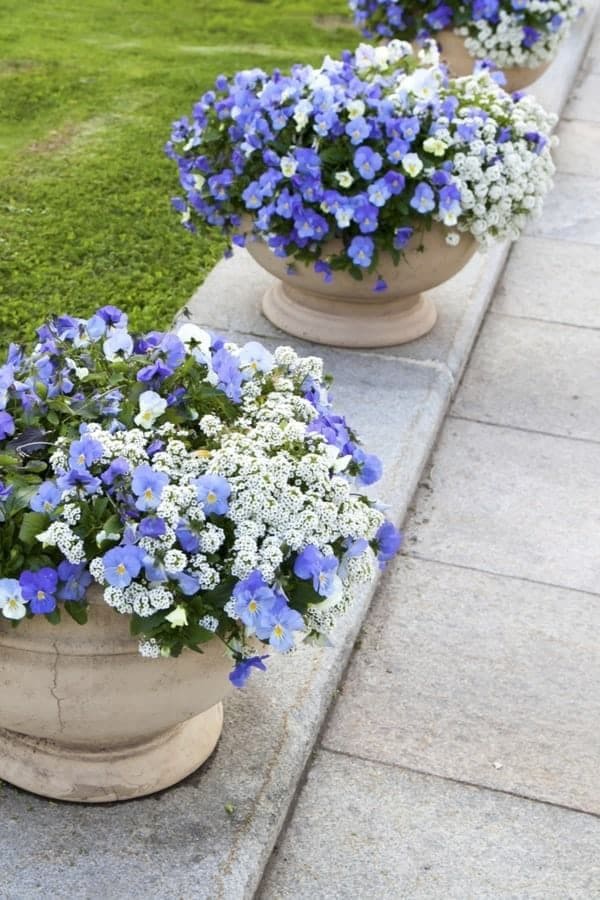
Alyssum flourishes in full sun or partial shade, providing a carpet of tiny, sweet-smelling white, purple, or pink blooms. These low-growing plants thrive in well-drained soil and tolerate both heat and cold.
Regular watering promotes lush growth, though they are drought-tolerant once established.
#9. Geranium
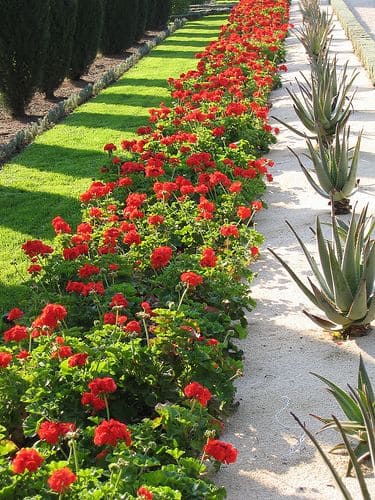
Geraniums prefer full sun and can bloom in a variety of colors, including red, pink, and white. They have a rounded growth habit and soft, aromatic leaves.
Geraniums thrive in well-drained soil, requiring moderate watering. They can tolerate dry conditions, though regular watering keeps them looking their best.
#10. Begonia
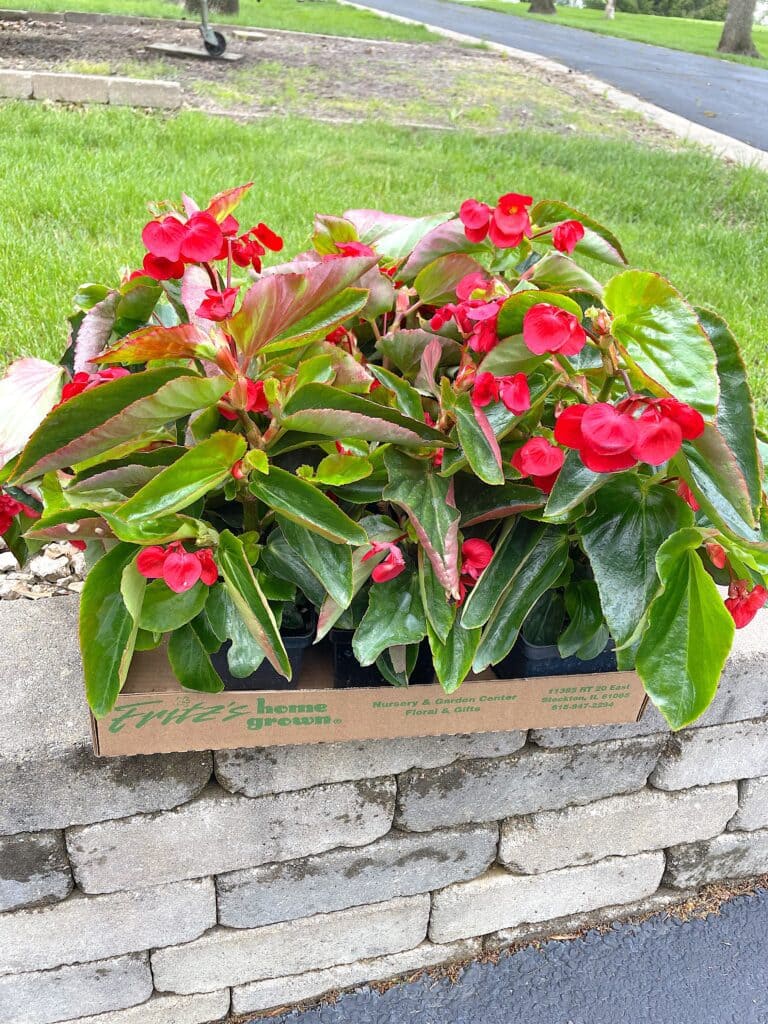
Begonias thrive in shade or partial sun, with waxy, smooth leaves and brightly colored flowers in pink, white, red, and orange. They prefer moist, well-drained soil and need consistent watering to avoid wilting.
Begonias tolerate humidity but don’t like soggy roots, so good drainage is essential.
#11. Nasturtium
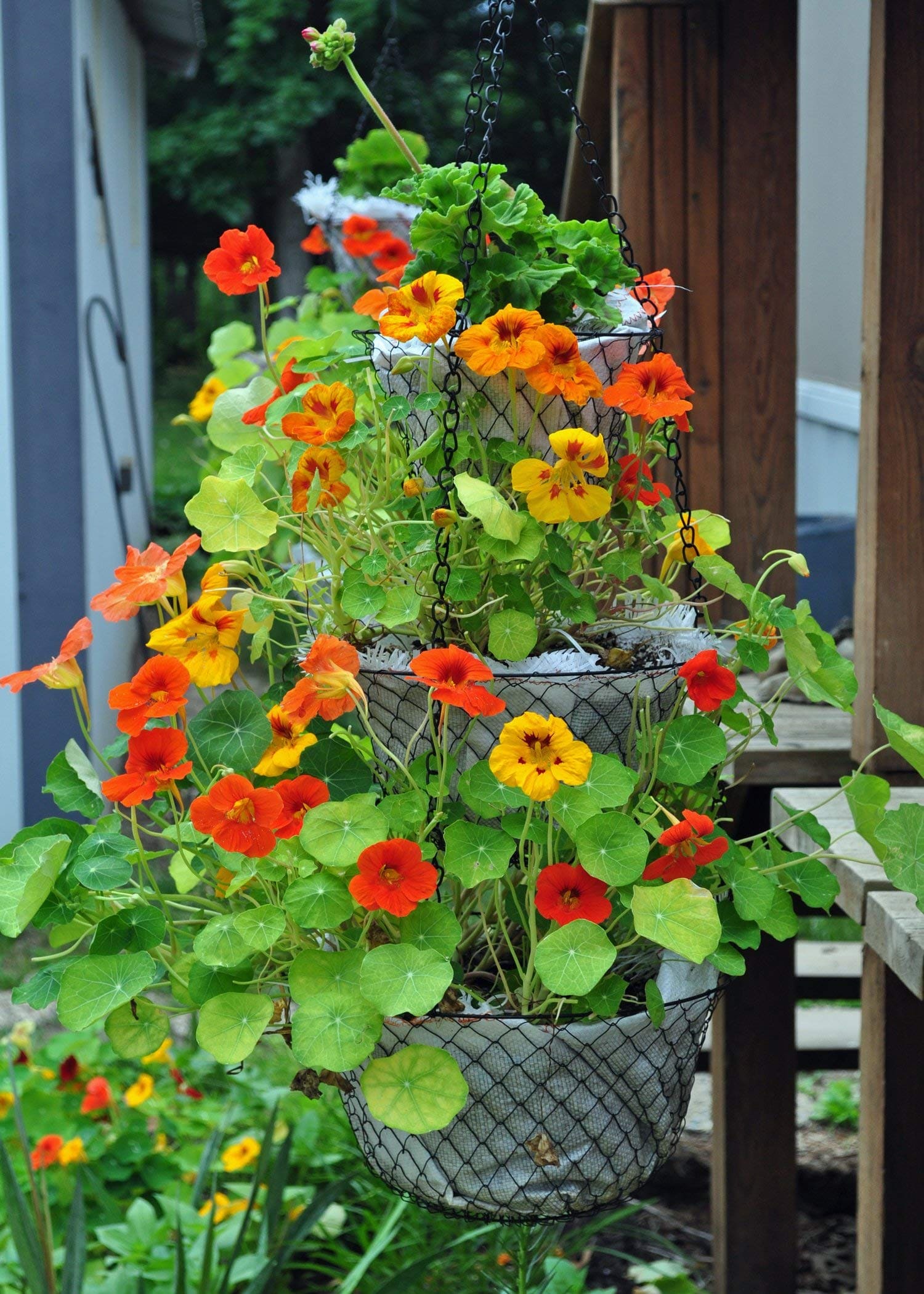
Nasturtiums grow best in full sun and are known for their bright, funnel-shaped blooms in orange, yellow, and red. They also have distinctive round, blue-green leaves.
These plants are easy to care for, thriving in poor, well-drained soil with little water. Their edible flowers and leaves add flavor to dishes.
#12. Lobelia
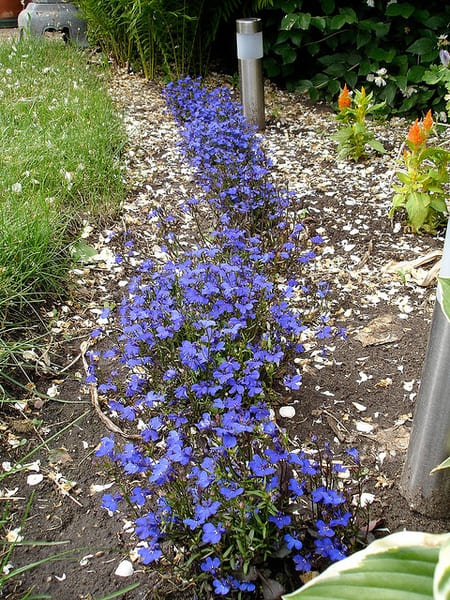
Lobelia thrives in both sun and partial shade, often seen in hanging baskets or containers. These trailing plants produce small, delicate blue, white, or purple flowers.
They prefer well-drained, moist soil and require frequent watering. Lobelias benefit from regular pruning to encourage continuous blooming throughout the season.
#13. Bachelor’s Button
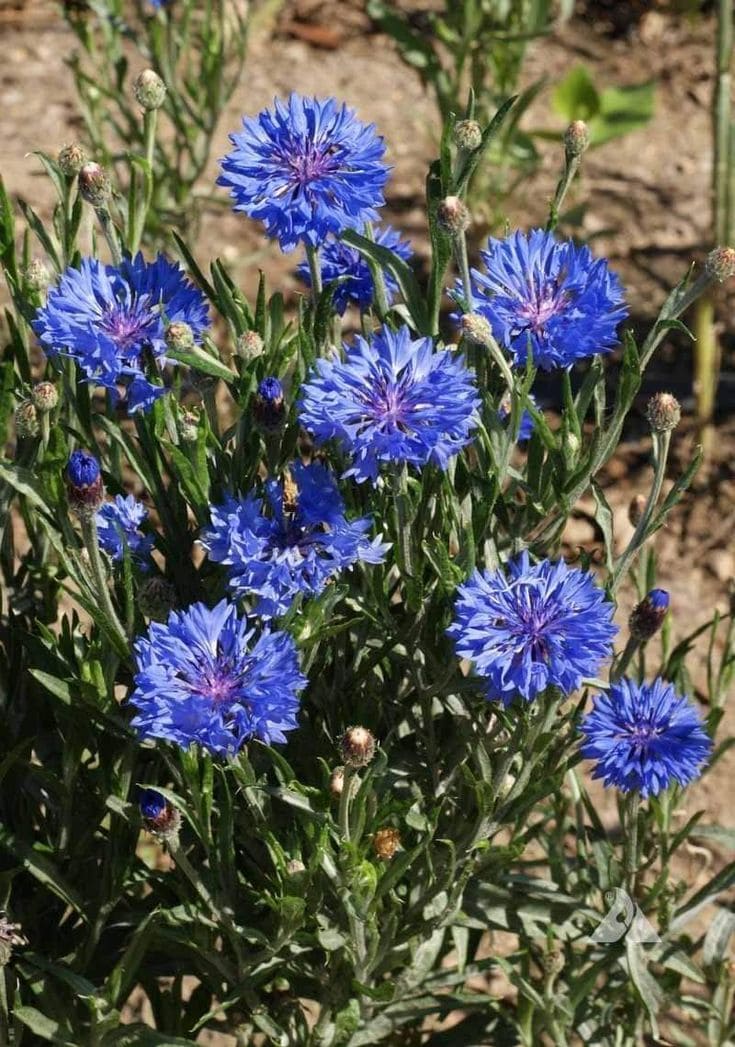
Bachelor’s Buttons are hardy annuals that prefer full sun and well-drained soil. With their blue, pink, or white flowers resembling small daisies, they grow upright and are excellent for cutting gardens.
These flowers thrive with moderate watering and are drought-tolerant once established, though they don’t like soggy conditions.
#14. Pansy
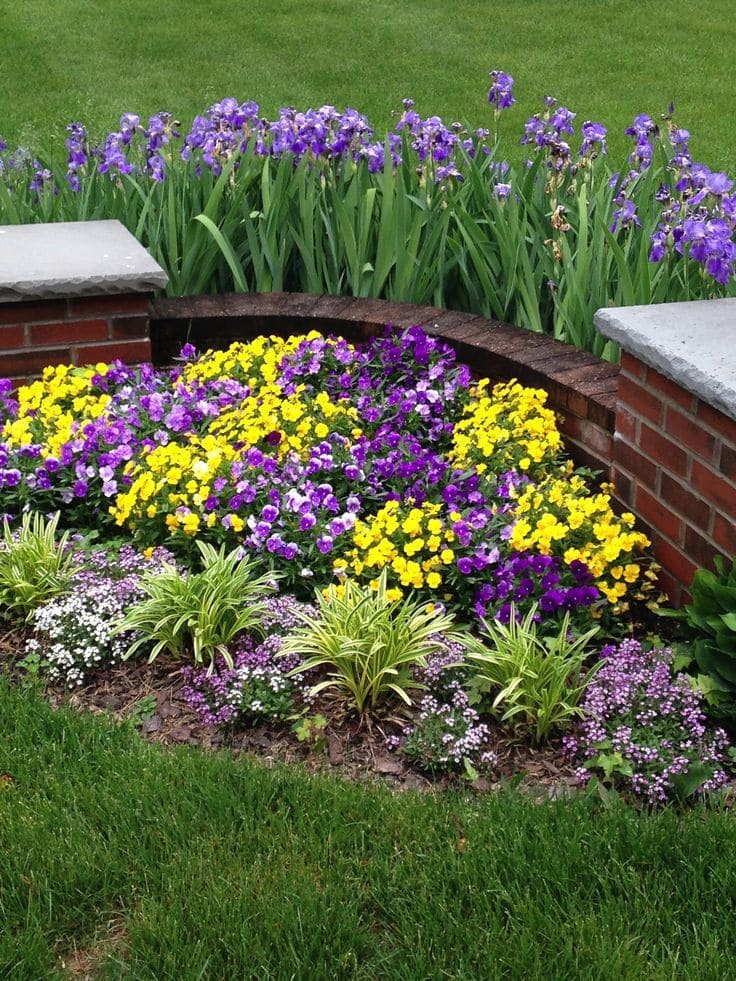
Pansies thrive in cooler weather, making them great for early spring or fall gardens. Their vibrant flowers, often bi-colored, feature heart-shaped petals in shades of purple, yellow, and blue.
Pansies prefer well-drained, moist soil and moderate temperatures. They benefit from regular watering and deadheading to extend blooming.
#15. Dianthus
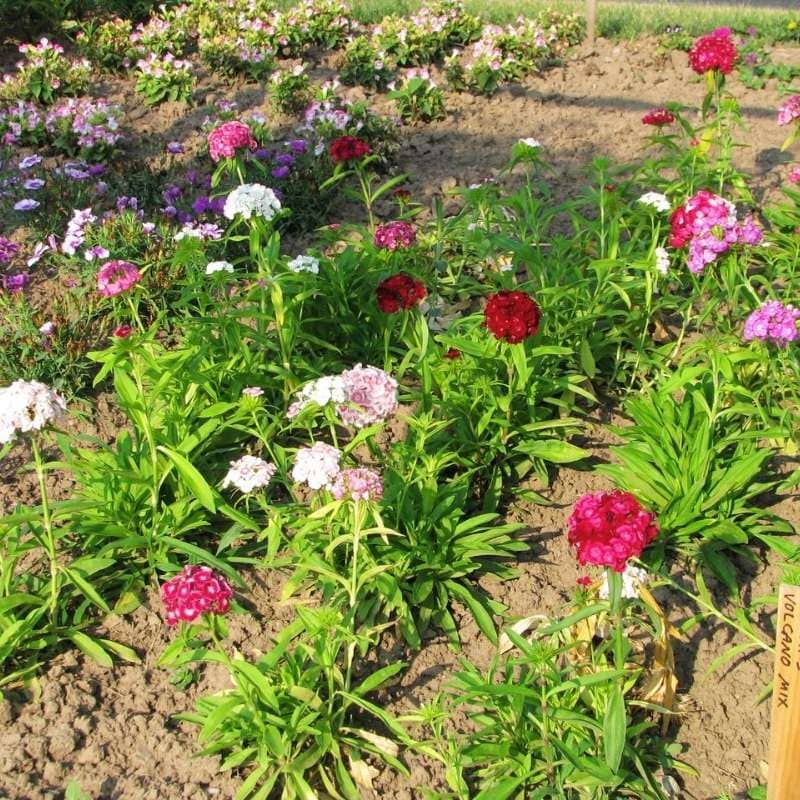
Dianthus loves full sun and produces clove-scented flowers in various colors, including pink, red, and white. With fringed or ruffled petals, they have a compact, bushy form.
These flowers thrive in well-drained, slightly alkaline soil and need regular watering, although they’re somewhat drought-tolerant once established.
#16. Calendula
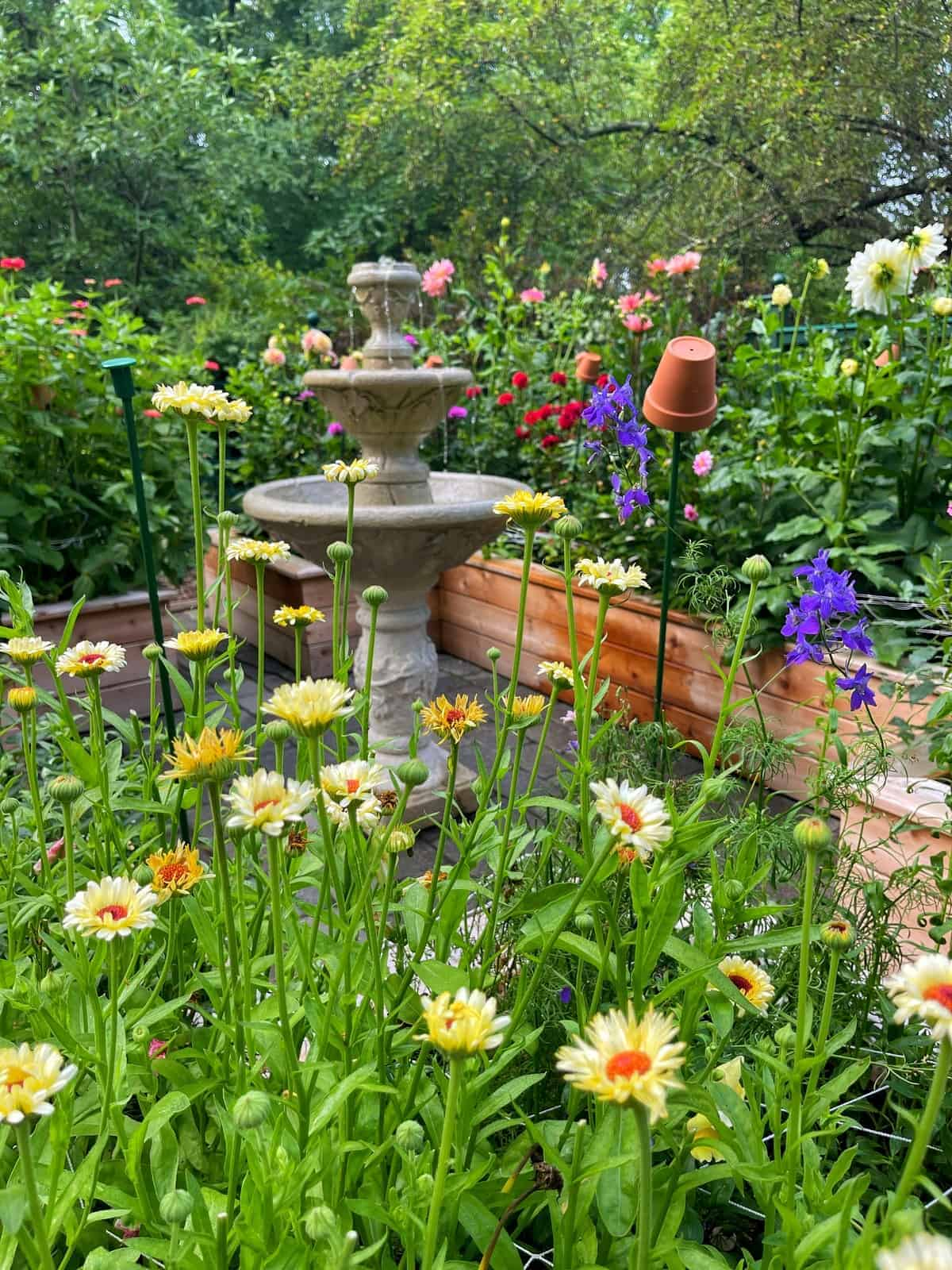
Calendulas flourish in full sun, producing bright orange or yellow blooms with a daisy-like appearance. They grow well in well-drained, slightly acidic soil and can tolerate dry conditions.
Regular watering promotes continuous blooming, and deadheading helps prevent the plant from becoming leggy, ensuring a steady display throughout the season.
#17. Sweet Pea
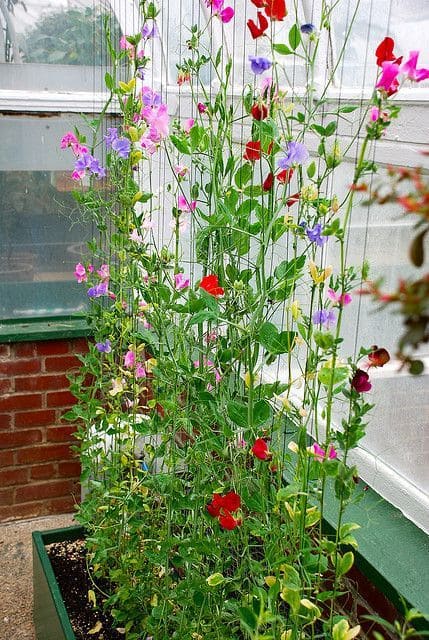
Sweet peas grow best in full sun with well-drained soil. Known for their fragrant, pastel-colored blooms, these flowers grow on climbing vines that can reach several feet.
Sweet peas need regular watering and benefit from moderate temperatures. Pinching back encourages more blooms and prevents the plants from becoming too leggy.
#18. Verbena
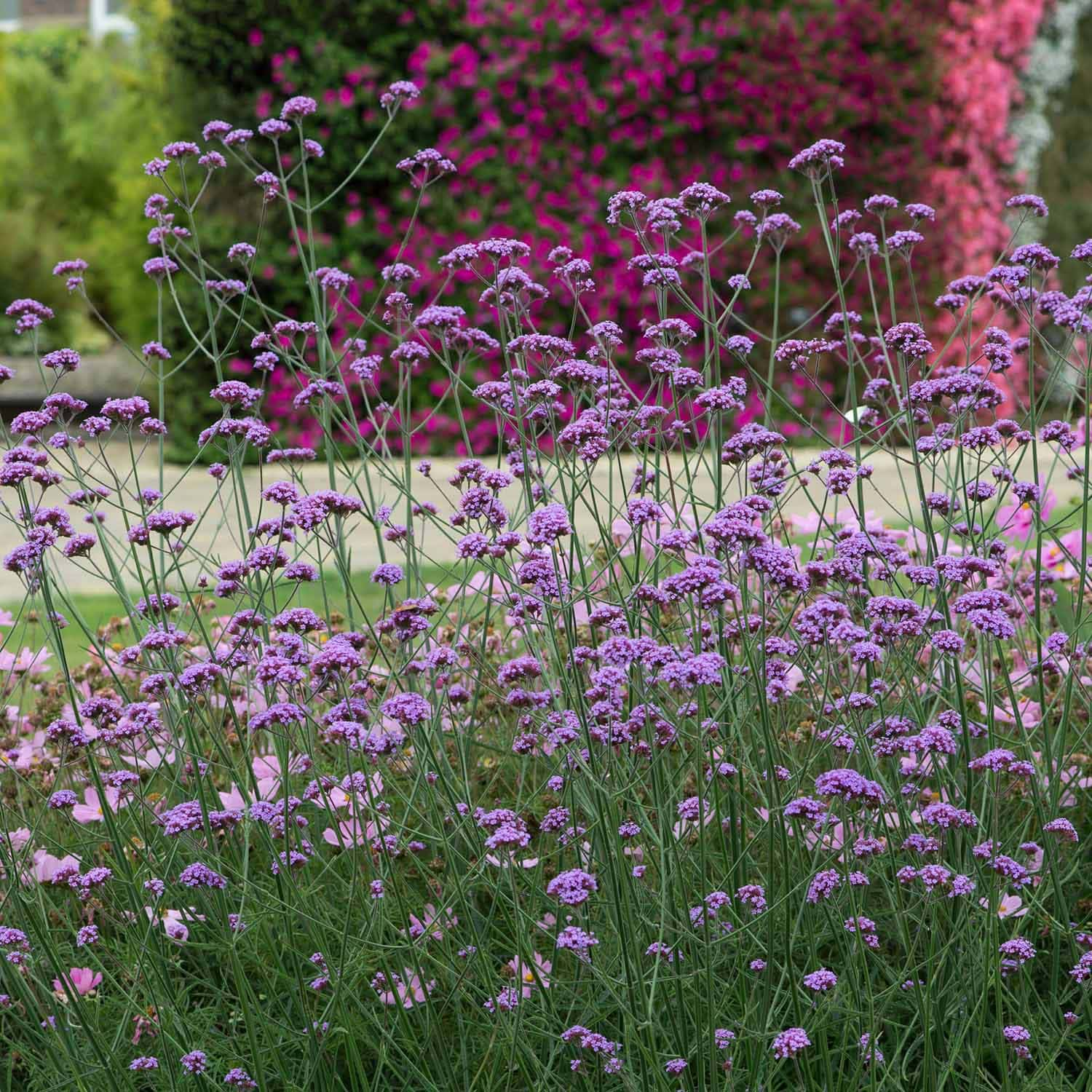
Verbena thrives in full sun and is known for its clusters of small, vibrant flowers in purple, pink, or white. With a spreading growth habit, it works well as ground cover or in containers.
Verbena prefers well-drained soil, moderate watering, and benefits from deadheading to encourage more blooms.
#19. Gazania
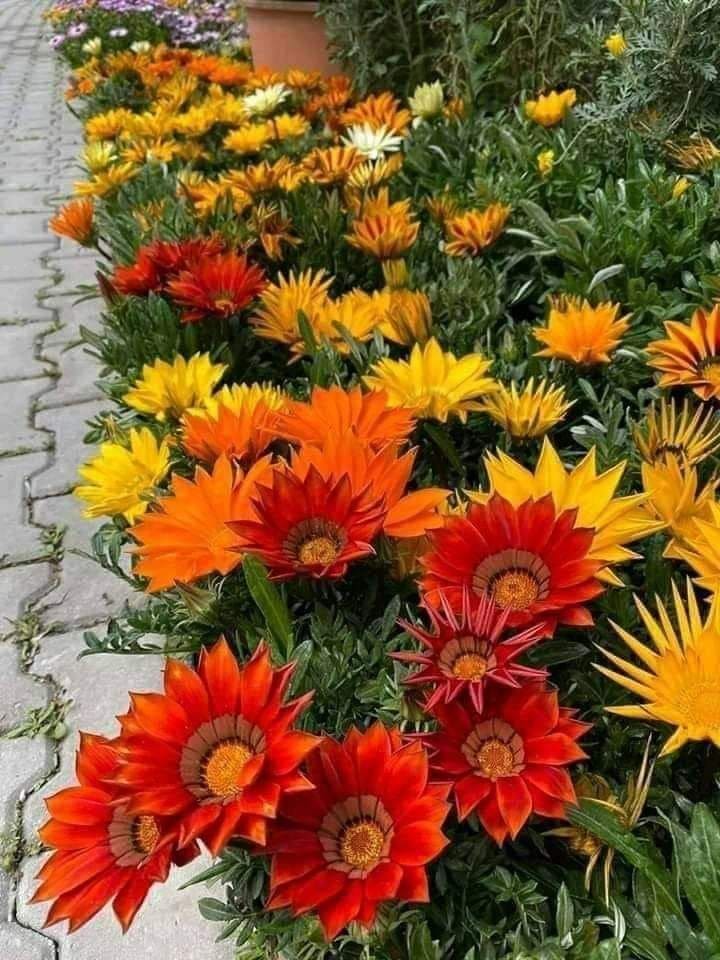
Gazania loves the sun, producing striking flowers in orange, red, yellow, and white with a daisy-like appearance. These hardy plants thrive in poor, well-drained soil and need minimal water once established.
Gazania’s heat tolerance and ability to handle dry spells make it an excellent low-maintenance choice for sunny gardens.
#20. Scarlet Pimpernel
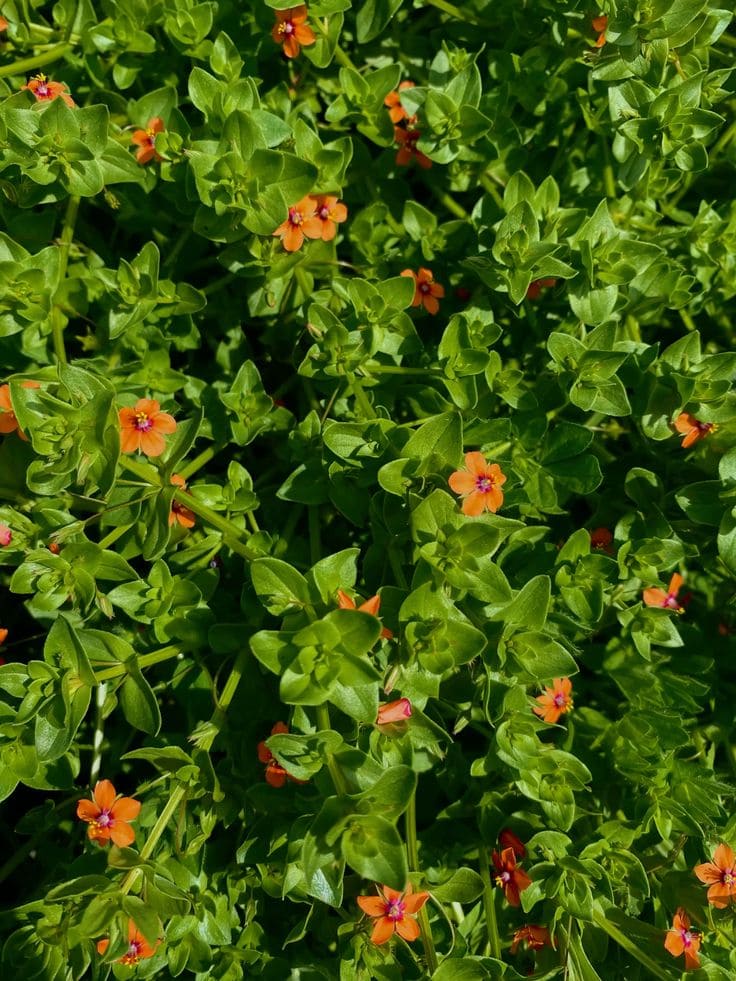
Scarlet Pimpernel thrives in full sun and well-drained, sandy soil. It produces small, vibrant flowers in red, orange, and blue. These flowers often close up in the evening, giving them their unique charm.
Scarlet pimpernel needs little care, requiring occasional watering and occasional deadheading to keep blooms coming.
Final Thoughts
Annual flowers don’t ask for a long-term commitment, but in just a single season, they give you everything—color, vibrancy, and a fresh sense of possibility. I always think of them as the cheerful guests at the garden party, brightening every moment.
Try mixing a few bold bloomers with more delicate varieties, or cluster them in unexpected spots—between stepping stones, under fruit trees, beside your mailbox. Let them surprise you.

